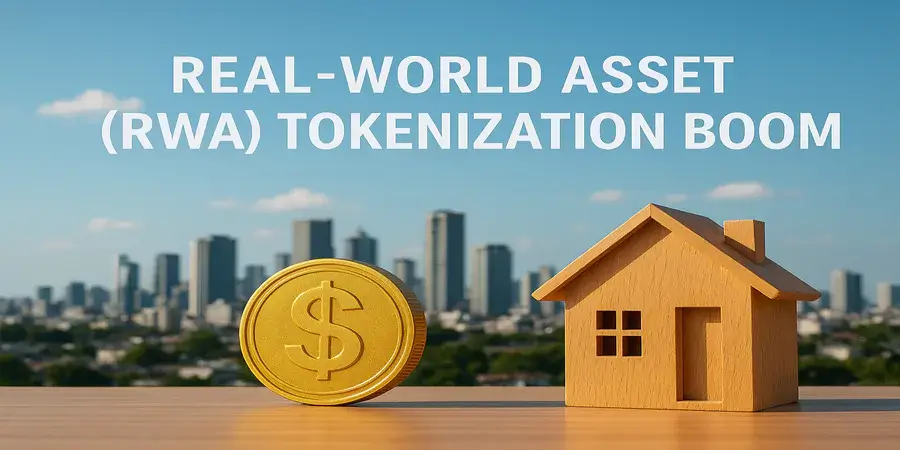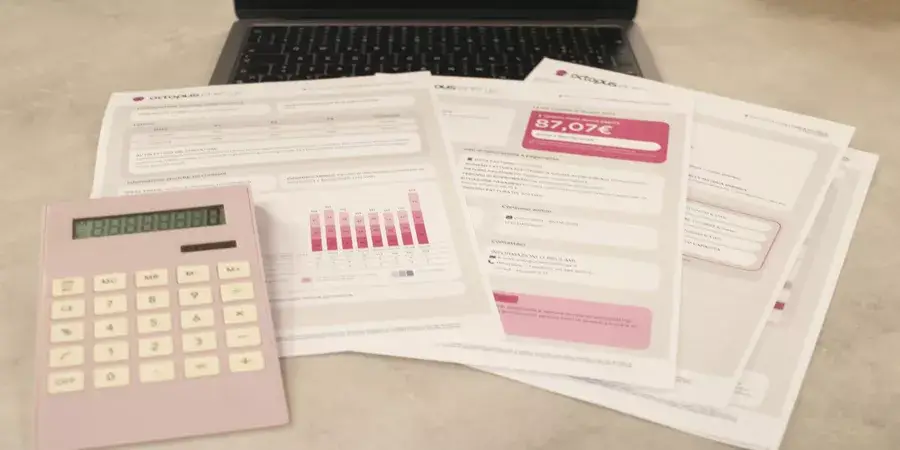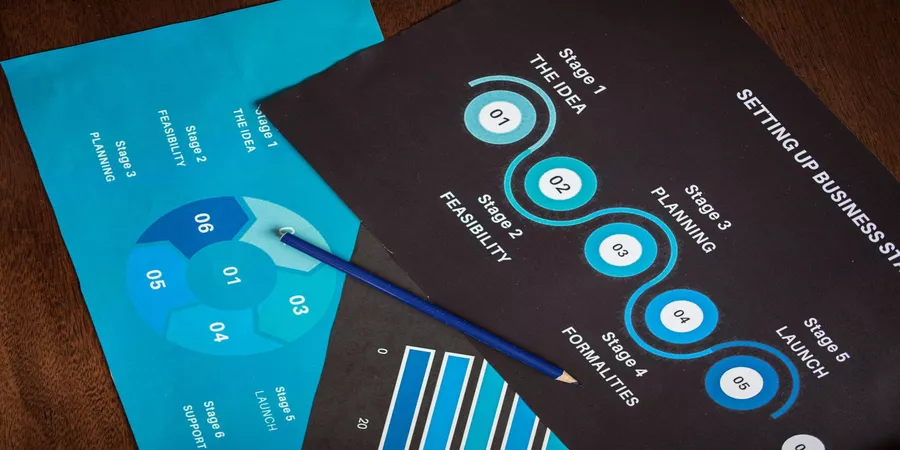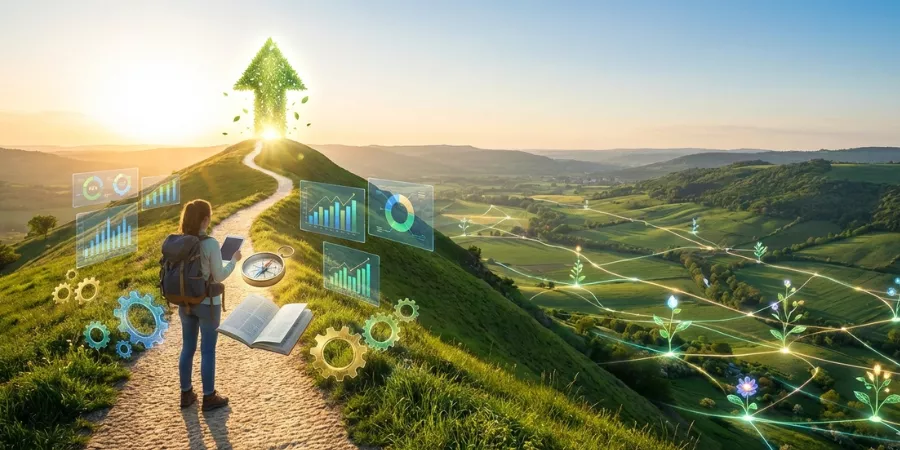Meta Description: Discover the Real-World Asset tokenization boom driving $50B+ market growth in 2025. Learn investment opportunities, risks, and future outlook in our comprehensive guide.
Target Keywords: Real-World Asset RWA tokenization boom, tokenization trends 2025, RWA investment opportunities Word Count: 1,150 words
Introduction
The tokenized RWA market (excluding stablecoins) grew by ~85% year-over-year to reach $15.2 billion by December 2024, while the tokenization of real world assets is expected to reach a valuation of $50B this year. This explosive growth represents more than just numbers it signals a fundamental shift in how traditional assets meet blockchain technology.
Real-World Asset (RWA) tokenization is revolutionizing finance by converting physical and traditional financial assets into digital tokens on blockchain networks. From real estate properties to treasury bonds, commodities to private credit, virtually every asset class is entering the digital realm. Bringing recognized assets onto the blockchain using RWAs is a significant innovation that is a central narrative in the 2024-2025 crypto season.
In this comprehensive guide, you’ll discover what’s driving the RWA tokenization boom, explore market opportunities, understand the risks, and learn how this trend could reshape global finance by 2030.
What is Real-World Asset (RWA) Tokenization and Why is it Trending?
Real-World Asset tokenization is the process of converting ownership rights of physical or traditional financial assets into digital tokens that exist on blockchain networks. Think of it as creating a digital certificate of ownership that can be easily bought, sold, or traded online, but backed by real, tangible assets.
The concept isn’t entirely new, but several key drivers have accelerated its adoption in 2025:
Technology Maturation: Advanced blockchain infrastructure now supports complex financial instruments with built-in compliance and automated processes through smart contracts.
Regulatory Clarity: Governments worldwide are establishing clearer frameworks for digital assets, reducing uncertainty for institutional investors.
Institutional Adoption: Wall Street giants like BlackRock and Goldman join the fray, real-world asset tokenization surges toward a $10 trillion future, legitimizing the space for traditional investors.
Market Efficiency: Tokenization enables 24/7 trading, fractional ownership, and reduced intermediary costs, making previously illiquid assets more accessible.
Social media communities on Reddit’s r/cryptocurrency and X (formerly Twitter) are buzzing with discussions about RWA projects, with influencers and analysts regularly highlighting the sector’s potential. The narrative has shifted from speculative crypto investments to utility-focused blockchain applications that solve real-world problems.
Market Impact of Real-World Asset (RWA) Tokenization Boom
The numbers tell a compelling story of rapid market expansion. The RWA tokenization market has grown significantly, with an estimated $3 billion worth of tokenized assets globally by the end of 2024, though other sources report much higher figures when including different asset categories.
Current Market Performance:
Different sectors within RWA tokenization are experiencing varied growth rates:
- Real Estate: By the end of 2024, over $30 billion in real estate assets were tokenized, enabling fractional ownership of high-value properties
- Bonds and Debt: Fixed-income securities are gaining traction as institutions seek liquid alternatives to traditional bond markets
- Commodities: Gold, oil, and agricultural products are being tokenized to improve trading efficiency
Expert Predictions:
Industry experts are remarkably bullish about the sector’s future. A report from Tren Finance suggests that the Real-World Asset (RWA) tokenization market could surge to $10 trillion by 2030. This would represent an astonishing 50x increase from its current valuation. Even more ambitious projections suggest $30 trillion in asset tokenization by 2030, led by stocks, real estate, bonds and gold.
Risks and Challenges:
Despite the optimistic outlook, several challenges persist:
- Regulatory Uncertainty: While improving, regulations vary significantly across jurisdictions
- Technical Infrastructure: Blockchain networks must handle increased transaction volumes without compromising security
- Market Liquidity: Many tokenized assets still lack sufficient trading volume for true price discovery
- Custody and Security: Institutional-grade storage solutions for tokenized assets are still developing
Competitor Coverage Analysis
Major crypto media outlets are covering RWA tokenization extensively, but with different emphases:
CoinTelegraph focuses heavily on market predictions and institutional adoption, regularly featuring expert opinions and market analysis.
CoinDesk takes a more technical approach, exploring the infrastructure developments and regulatory implications of tokenization.
Decrypt emphasizes the user experience and practical applications, making complex concepts accessible to mainstream audiences.
Content Gaps and Opportunities:
Most coverage lacks practical guidance for retail investors looking to participate in the RWA boom. Additionally, few publications adequately address the environmental implications of increased blockchain usage or the potential impact on traditional financial intermediaries. There’s also limited coverage of regional variations in RWA adoption and regulation.
Opportunities for Investors and Businesses
Short-term Benefits (6-12 months):
- Diversification: RWA tokens provide exposure to traditional assets with crypto-like liquidity
- Fractional Ownership: Access to high-value assets like commercial real estate with lower minimum investments
- Enhanced Yield: Some tokenized assets offer competitive returns compared to traditional alternatives
Long-term Benefits (2-5 years):
- Market Efficiency: As adoption increases, tokenized assets should become more liquid and efficiently priced
- Global Access: International investment opportunities without traditional geographic restrictions
- Reduced Costs: Elimination of intermediaries should reduce fees and transaction costs
Case Studies:
Several platforms are already demonstrating success in RWA tokenization:
- Real estate platforms enabling fractional ownership of commercial properties
- Commodity trading platforms offering tokenized gold and silver
- Private credit markets using blockchain for transparent lending and borrowing
Practical Strategies:
For investors considering RWA exposure:
- Start with established platforms that have regulatory compliance
- Diversify across different asset classes and geographies
- Understand the underlying asset and its traditional market dynamics
- Consider liquidity needs before committing capital
- Stay informed about regulatory developments in your jurisdiction
Future Outlook of Real-World Asset (RWA) Tokenization
The next 6-12 months will likely see continued institutional adoption and regulatory clarification. By 2025, the market is expected to surpass $50 billion, a significant leap from its modest beginnings a few years ago.
Key Developments to Watch:
- Central Bank Digital Currencies (CBDCs): Government-backed digital currencies could accelerate RWA adoption
- Cross-Chain Compatibility: Better interoperability between different blockchain networks
- Regulatory Frameworks: Clearer rules from major financial jurisdictions
- Traditional Finance Integration: More banks and asset managers launching RWA products
Potential Market Shifts:
The tokenization boom could fundamentally alter how we think about asset ownership and trading. Traditional concepts of market hours, geographic restrictions, and minimum investment amounts may become obsolete. However, this transformation will likely be gradual, with traditional and tokenized markets coexisting for years.
Growth Trajectory:
With stablecoin volumes surging and diverse assets like real estate and treasury bonds entering the blockchain space, experts predict trillions in tokenized assets by 2030. This growth will likely be driven by continued institutional adoption and improved regulatory clarity.
Conclusion
The Real-World Asset tokenization boom represents more than a technological trend it’s a fundamental evolution in how we conceptualize and trade value. With market projections reaching $50 billion in 2025 and potentially trillions by 2030, early participants have significant opportunities to benefit from this transformation.
However, success requires understanding both the opportunities and risks. Investors should approach RWA tokenization with the same due diligence applied to any investment, considering liquidity needs, regulatory environments, and underlying asset fundamentals.
The tokenization revolution is just beginning. Whether you’re an investor seeking new opportunities or a business exploring blockchain applications, understanding RWA tokenization is crucial for navigating the future of finance.
Ready to explore the RWA tokenization opportunity? Subscribe to our newsletter for weekly updates on market developments, regulatory changes, and investment opportunities in the rapidly evolving world of tokenized assets.
FAQ Section
Q1: What is Real-World Asset (RWA) Tokenization in cryptocurrency? RWA tokenization converts ownership rights of physical or traditional financial assets (like real estate, bonds, or commodities) into digital tokens on blockchain networks, enabling easier trading and fractional ownership.
Q2: Why is Real-World Asset (RWA) Tokenization important in 2025? RWA tokenization is bridging traditional finance with blockchain technology, offering 24/7 trading, fractional ownership, and reduced costs. The market is expected to reach $50 billion in 2025, driven by institutional adoption and regulatory clarity.
Q3: How can investors benefit from Real-World Asset (RWA) Tokenization? Investors can access fractional ownership of high-value assets, enjoy enhanced liquidity compared to traditional markets, diversify portfolios with previously inaccessible assets, and potentially earn competitive yields.
Q4: What are the risks of Real-World Asset (RWA) Tokenization? Key risks include regulatory uncertainty across jurisdictions, limited liquidity in some markets, technical infrastructure challenges, custody and security concerns, and potential volatility in nascent markets.
Q5: What’s the future of Real-World Asset (RWA) Tokenization? Experts predict explosive growth, with market size potentially reaching $10-30 trillion by 2030. Continued institutional adoption, regulatory clarity, and technological improvements will drive mainstream acceptance of tokenized assets.









